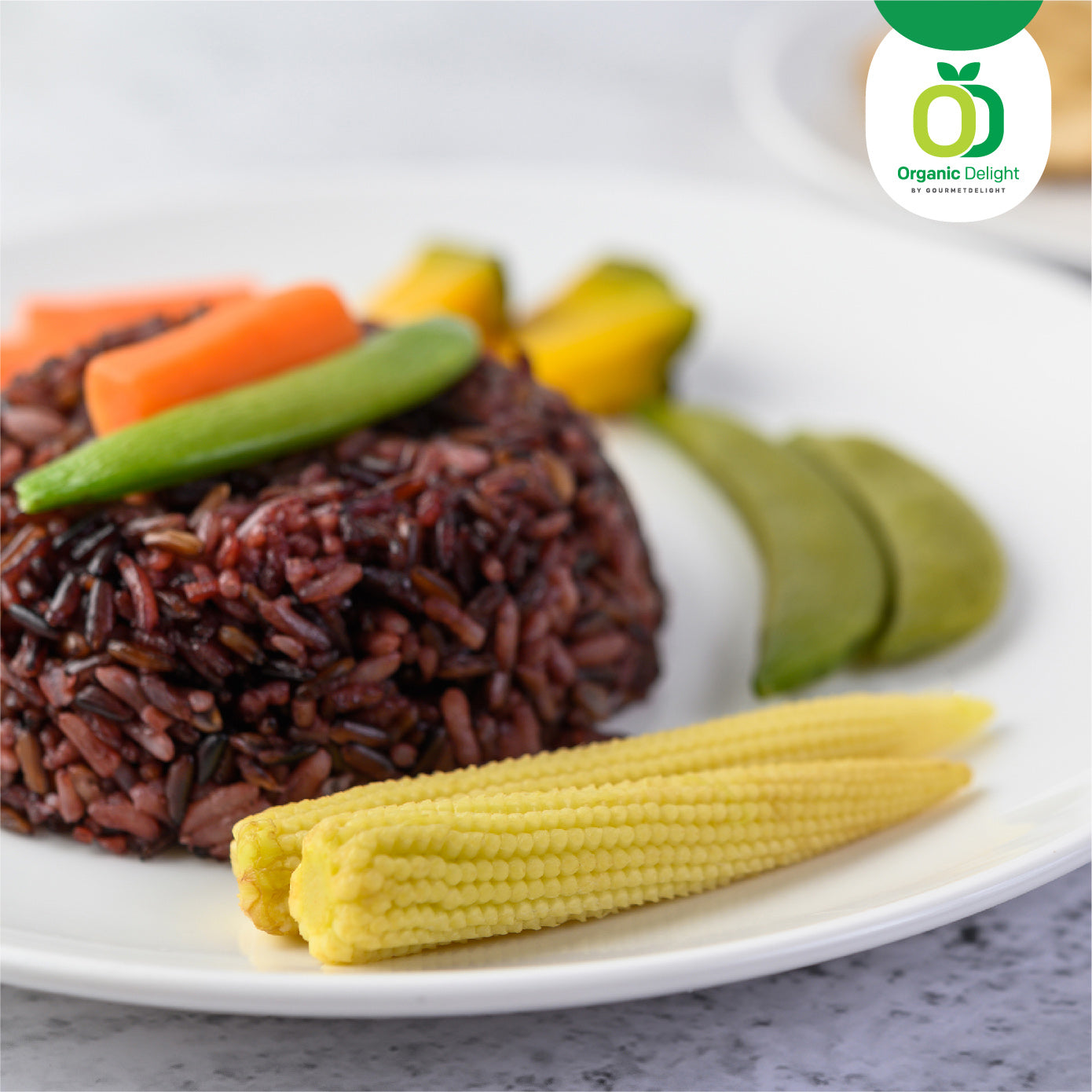
Black Rice was once food for the royalty in Asia. Touted as forbidden rice and part of the ancient grains, primarily rice eating has been practiced by communities for generations. The varieties of rice and specific uses - whether black, brown or red and in a variety of cooking styles such as with vegetables, with meat in the form of biryani with pulses and lentils and with milk as a sweet dish all point to the versatility of rice. And the many ways in which it forms a part of our daily palate.
Black Rice in itself has its fair share of benefits. Rich in Anthocyanins, the purple colour of the rice signifies its higher content. More than brown rice, red rice or red quinoa. While the regular milling process may strip the white rice of its nutrients, it does not happen in the case of black rice which does not undergo any refining process so it can preserve its natural nutrients and antioxidants better than processed rice.
It is a good source of protien and fiber, keeps you full for longer and prevents all the associated side effects such as obesity and diabetes. So consider having black rice in your diet along with millets which are superfoods. Indulge in a wider palate to get maximum health benefits.
Now for a recipe - Black Rice is not hard to cook, because it is not processed it may take a little more time but you can mitigate that by soaking the rice in water for a good half hour or forty minutes. Use a pressure cooker to cook till the rice turns glutinous. This variety from Manipur turns glutinous after cooking but has a fragrance which is unmistakable. You can cook black rice with vegetables, meat, fish curry or add milk and mango pulp to make it a black rice pudding. To stick to a vegan recipe add coconut milk with pulped mango to the black rice for a wonderful fragrant after dinner dessert.
